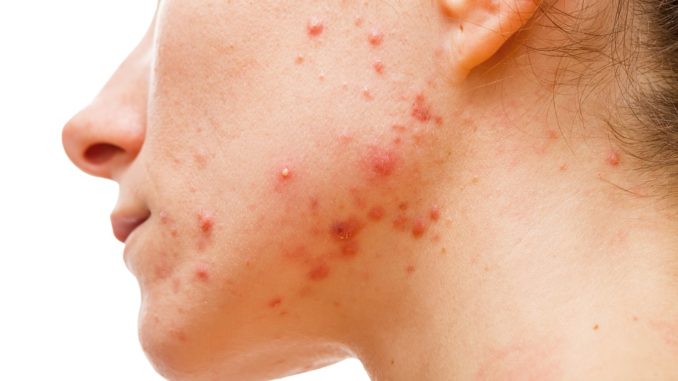
 Did you know that acne is the most prevalent skin disorder worldwide? Statistics show that 645 million individuals suffer from acne. In fact, this disorder is ranked as the eighth most common disease worldwide. Due to the rising number of acne cases, several individuals seek consultation with a dermatologist to receive acne treatment in Provo.
Did you know that acne is the most prevalent skin disorder worldwide? Statistics show that 645 million individuals suffer from acne. In fact, this disorder is ranked as the eighth most common disease worldwide. Due to the rising number of acne cases, several individuals seek consultation with a dermatologist to receive acne treatment in Provo.
What Is Acne?
Acne vulgaris, more commonly known as acne, is a dermatologic condition characterized by the presence of papules in follicle-rich regions of the body. It is a chronic, inflammatory skin disease wherein the ends of the hair are plugged with excessive oil and dead cells.
This results in increased bacterial growth over the hair follicles, which leads to the formation of pimples over the affected area. The most commonly affected regions of the body include the face, forehead, chest and upper arms due to the abundance of hair over these areas.
What Causes Acne?
Several factors may contribute to the formation of pimples in the face and body. Age is one of the most prevalent factors that increase the likelihood of acne development. Acne often begins during puberty due to hormonal imbalance from increased sex hormone production.
Irregular facial cleansing also causes acne due to the growth of Propionibacterium acnes, a microorganism that triggers inflammation of the cyst. Other external factors such as frequent use of unsterilized cosmetic products, recurrent facial scratching, excessive carbohydrate intake, stress and lack of sleep also trigger acne.
What Are the Symptoms of Acne?
The signs and symptoms of acne vary based on the severity of this condition. This skin condition may present either as whiteheads or light-colored closed pores, blackheads or dark-colored open pores, or papules or reddish, elevated bumps in the skin. Over time, lack of treatment may cause acne to develop into painful and larger elevations called pustules and nodules.
How Is Acne Treated?
If you are suffering from acne, it is crucial to visit a dermatologist right away. Your dermatologist will provide an initial evaluation of your lesions to determine the necessary treatment technique that is suited for your skin. This reduces the adverse effects of excessive use of medications such as excessive skin dryness and irritation as well as worsening pimple breakout.
The first line of treatment in acne is medical management through topical corticosteroids and antibiotics. Long-term usage and widespread application inhibits the growth of skin lesions and reduces superficial scars. If your skin fails to respond to topical treatment, intake of systemic antibiotics may be prescribed by your dermatologist to reduce bacterial load.
When bacterial growth and proliferation are inhibited, the next goal of treatment is to reduce acne scars. Chemical peel through the application of trichlorocetic acid and glycolic acid can induce sloughing of skin to eliminate pimple marks.
More than 80% of adolescents and young adults suffer from acne breakouts. In some cases, this may lead to poor self-esteem, lack of confidence, anxiety, and depression. Therefore, it is crucial to seek consultation with a dermatologist to receive a comprehensive and individualized skin treatment.

